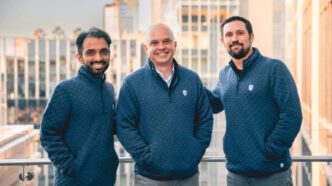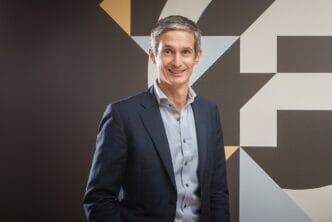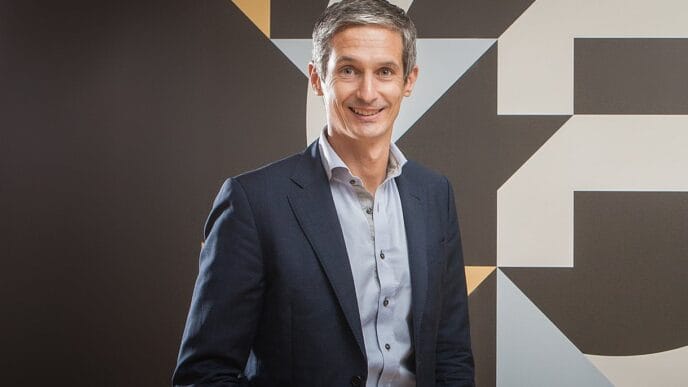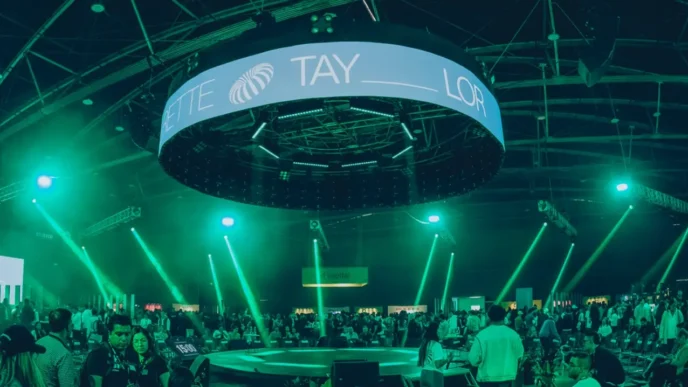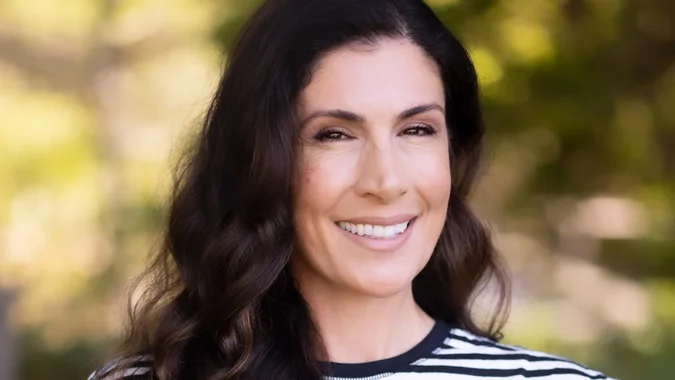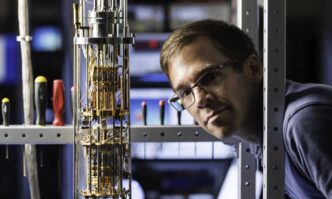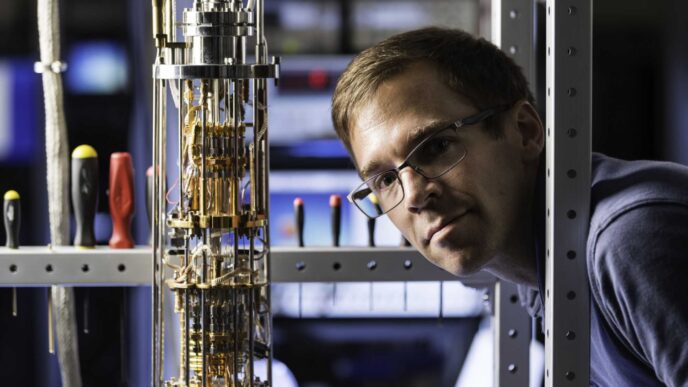Seattle founder Ian Swanson has pulled off what many dream of—building and selling three startups, with his latest, Protect AI, acquired by Palo Alto Networks in a deal reportedly worth over $500 million.
Swanson’s journey wasn’t about luck. It was a series of intentional moves built on experience, timing, and a sharp eye for problems others ignored. His newest venture, Protect AI, tackled a major gap in the tech world: while AI adoption soared, security solutions hadn’t kept pace. That insight became the foundation for a startup that moved fast—and scaled faster.
Before launching Protect AI in 2021, Swanson had already sold Sometrics to American Express and DataScience to Oracle. After leaving Oracle in 2019, he joined Amazon Web Services, leading global go-to-market efforts for AI and machine learning services. There, he saw a clear pattern: companies were deploying AI at scale, yet few understood the security risks that came with it.
Swanson and co-founders Badar Ahmed and Daryan Dehghanpisheh initially focused on adversarial machine learning. But traction was limited—until they recognized a deeper need. Enterprises had massive blind spots around securing machine learning models. Then came the ChatGPT wave, flipping the script on how companies viewed AI. Suddenly, boardrooms were demanding answers on how to integrate AI securely—and Protect AI was already a step ahead.
Rather than offer a narrow solution, the team went all-in on building a full-stack AI security platform. To move faster, they made four strategic acquisitions—starting with the threat research hub Huntr, followed by Rebuff, Laiyer AI, and SydeLabs. Though some investors were wary about spending before raising significant capital, the acquisitions helped establish Protect AI as the go-to solution for enterprise AI security.
Swanson believes small acquisitions are underused by early-stage founders. If done right, they can accelerate growth without burning through tens of millions. “You don’t need a massive war chest if you’re strategic,” he said.
Another core advantage was building an “enterprise-ready” product from day one. Instead of solving one narrow problem, Protect AI tackled multiple needs at once, which made it easier to win enterprise clients who didn’t want to cobble together point solutions in a market that was still forming.
Swanson credits his team’s deep understanding of both AI and enterprise sales for giving Protect AI an edge. Unlike traditional cybersecurity firms, Protect AI had leadership that understood large-scale AI deployment inside and out.
But at the heart of all three startups he’s built, Swanson says, was one constant: people. “You can’t build anything meaningful without a world-class team,” he said. “And you can’t win enterprise deals without people who know how to build trust and relationships.”
For other founders chasing their own big wins, Swanson offers a few key takeaways:
- Don’t obsess over early valuations. High numbers can backfire. Focus on what you need, not what looks flashy.
- Go beyond MVP thinking. Start with your ideal customer, pricing strategy, and go-to-market model. Then build the product backward from there.
- Think long term from day one. The best CEOs don’t just execute—they anticipate. Always look around corners and prepare for what’s coming next.
Protect AI raised $108.5 million from leading investors including Salesforce Ventures, Samsung, 01 Advisors, Acrew Capital, StepStone Group, and others. Most of the funding came from outside Seattle—a reflection of the strong network Swanson had built from his earlier exits. “We didn’t run a roadshow,” he said. “We raised from people who knew us and believed in the vision.”
Now, with the acquisition set to close later this year, Protect AI will continue operating from its Seattle headquarters while expanding its global team in Berlin and Bangalore. With around 120 employees, the company remains laser-focused on securing the future of AI—just as it helped define the market in the first place.
For any aspiring Seattle founder, Swanson’s story is more than inspiration—it’s a roadmap.
